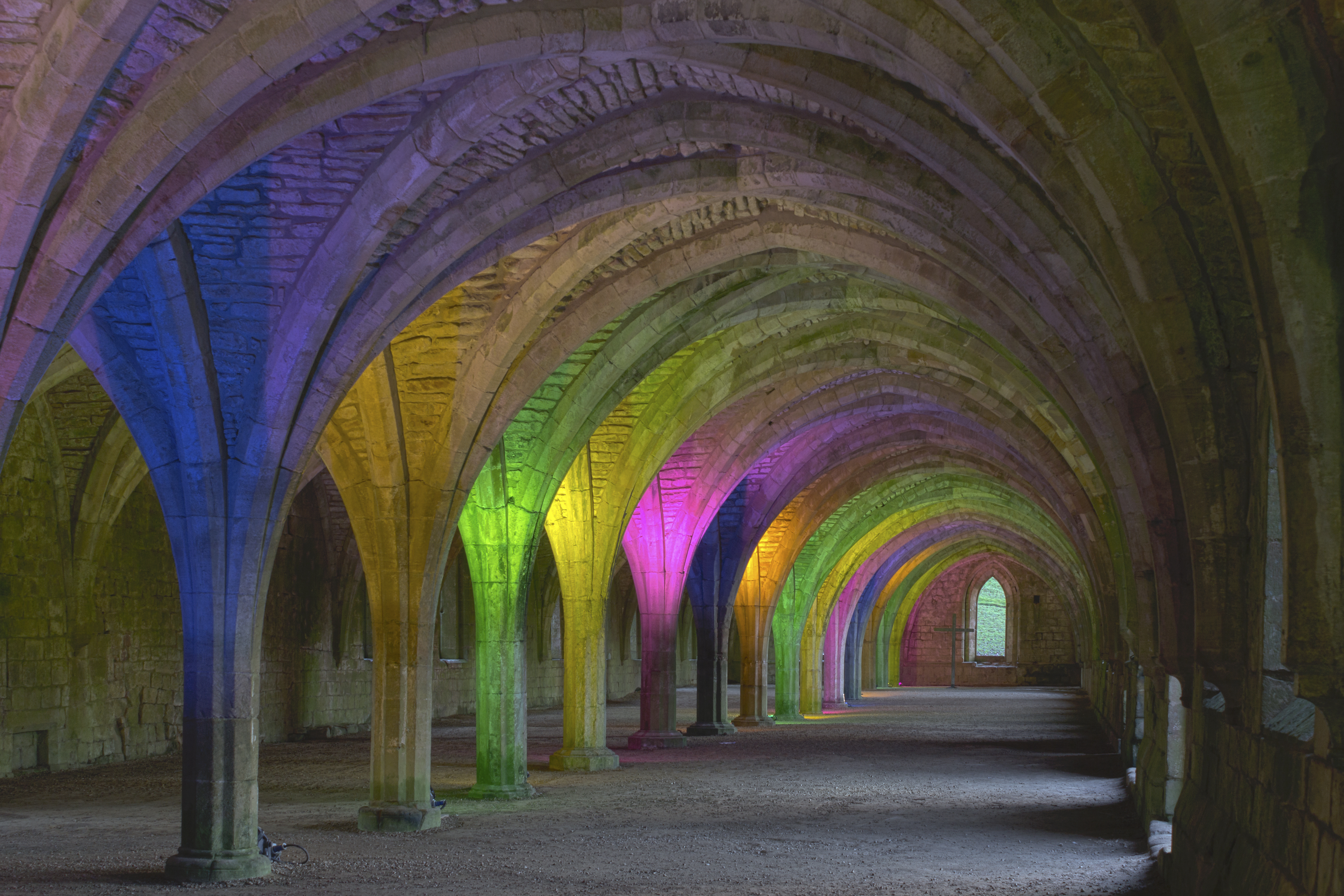Cellarer on:
[Wikipedia]
[Google]
[Amazon]
 A cellarium (from the
A cellarium (from the
 A cellarium (from the
A cellarium (from the Latin
Latin (, or , ) is a classical language belonging to the Italic branch of the Indo-European languages. Latin was originally a dialect spoken in the lower Tiber area (then known as Latium) around present-day Rome, but through the power of the ...
''cella'', "pantry"), also known as an ''undercroft
An undercroft is traditionally a cellar or storage room, often brick-lined and vaulted, and used for storage in buildings since medieval times. In modern usage, an undercroft is generally a ground (street-level) area which is relatively open ...
'', was a storehouse or storeroom, usually in a medieval monastery
A monastery is a building or complex of buildings comprising the domestic quarters and workplaces of monastics, monks or nuns, whether living in communities or alone (hermits). A monastery generally includes a place reserved for prayer which ...
or castle. In English monasteries, it was usually located in or under the buildings on the west range of the cloister
A cloister (from Latin ''claustrum'', "enclosure") is a covered walk, open gallery, or open arcade running along the walls of buildings and forming a quadrangle or garth. The attachment of a cloister to a cathedral or church, commonly against a ...
.
The monastery's supplies of food, ale and wines were stored there, under the supervision of the ''cellarer'', one of the monastery's obedientiaries In the Middle Ages, an obedientiary or obedienciary (from the Latin ''obedientiarius'', meaning someone in an 'obedient', i.e. subordinate, position) was a lesser official of a monastery appointed by will of the superior.
In some cases the word is ...
. He was often assisted by a ''sub-cellarer''.
References
{{reflist Christian monastic architecture